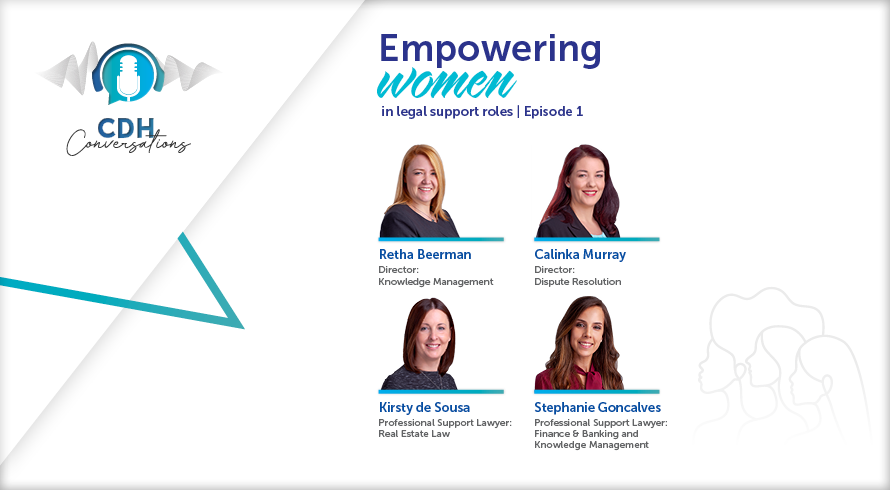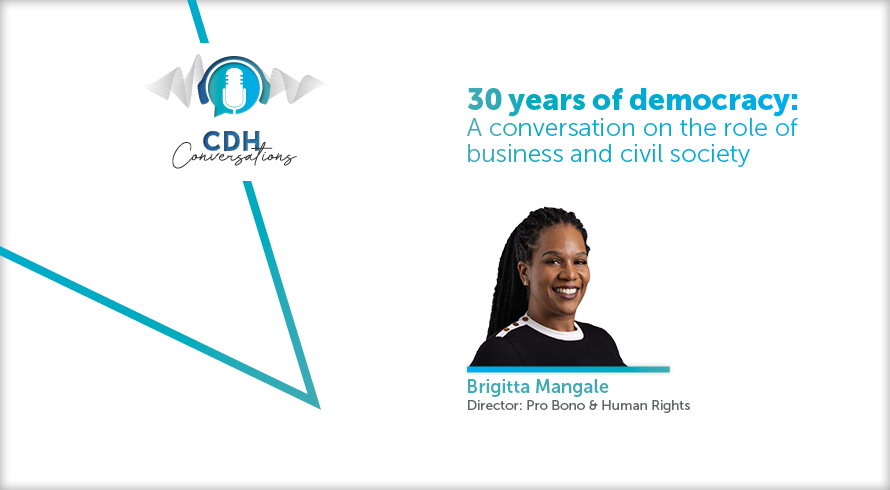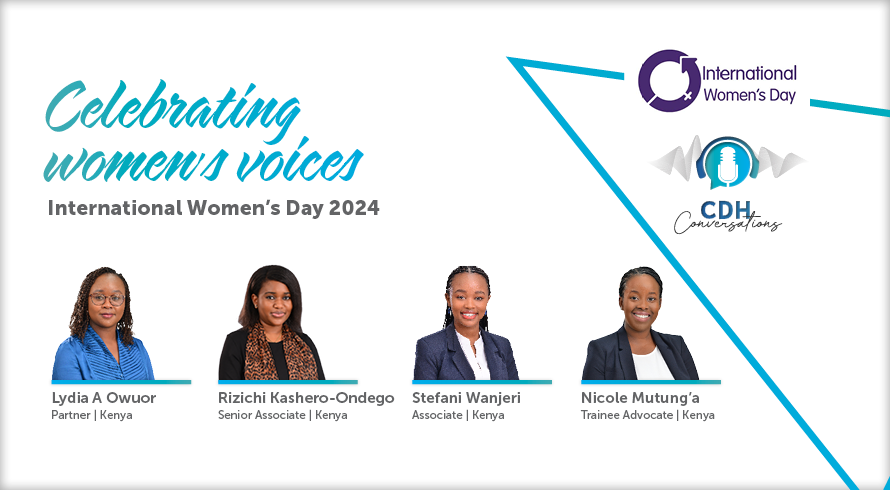Is South African business rescue available to external companies?
At a glance
- The Supreme Court of Appeal (SCA) recently considered whether foreign companies operating in South Africa should qualify for the protection of business rescue laws.
- The case involved Cooperativa Muratori Cementisti (CMC), an international construction company incorporated in Italy and registered as an external company in South Africa.
- The SCA concluded that as an external company, CMC did not meet the definition of a "company" under the Companies Act, and therefore, it was not eligible for business rescue in South Africa.
This question was recently placed before the Supreme Court of Appeal (SCA), in the matter of Cooperativa Muratori Cementisti - CMC Di Ravenna and Others v Companies and Intellectual Property Commission [2020] ZASCA 151. The SCA had to determine whether a for-profit company, incorporated in a country other than South Africa, could take advantage of the business rescue provisions of the Act.
The appellant, Cooperativa Muratori & Cementisti – CMC Di Ravenna Societá Cooperativa a Responsibilita Limitata (CMC) is an international construction company incorporated in Italy, which is registered in South Africa as an external company in terms of the Act.
Towards the end of 2018, CMC began to experience financial difficulties. It approached the Bankruptcy Section of the Court of Ravenna, with a preventative application for admission to the procedure for the arrangement with creditors subject to Italian Bankruptcy Law. The Court of Ravenna issued an Order providing CMC with sixty days within which to, inter alia, file a proposal for composition with its creditors and to be subjected to strict judicial oversight.
Unsatisfied with the Court of Ravenna’s Order, the directors of CMC resolved that the company, in financial distress, be placed under business rescue in South Africa in terms of section 129(1) of the Act. Business rescue practitioners (BRPs) were nominated in the process.
The Companies and Intellectual Property Commission (CIPC) advised the business rescue practitioners that, as an external company, CMC could not be placed into business rescue. The BRPs applied to the Gauteng High Court, Pretoria seeking an, amongst other relief, an order declaring that CMC was under business rescue supervision in terms of the Act.
Potterill J, presiding over the matter in the High Court, dismissed the application. The BRP’s consequently brought an appeal before the SCA.
In reaching its decision, the SCA obviously turned to the wording as contained in the business rescue provisions of the Act.
The Act clearly states that business rescue is only available to a company. Therefore, for CMC to be eligible for business rescue in South Africa, it would need to meet the definition of a company.
A “company” is defined in section 1 of the Act as follows:
“A juristic person incorporated in terms of this Act, a domesticated company, or ajuristic person that, immediately before the effective date –
(a) was registered in terms of the –
(i) Companies Act 1973, other than as an external company as defined in that Act; or
(ii) Close Corporations Act 1984, if it has subsequently been converted in terms of Schedule 2;
(b) was in existence and recognised as an ‘existing company’ in terms of the Companies Act 1973; or
(c) was deregistered in terms of the Companies Act 1973, and has subsequently been re-registered in terms of this Act.”
In argument, counsel for CMC admitted that CMC is not a company in terms of any of the aforestated sub-sections of the definition. Even though the company was registered in South Africa as an external company in terms of the Companies Act 61 of 1973 (Old Act), subsection (a) above expressly excludes an external company registered under the Old Act. Neither was CMC ever a close corporation. A company existed and was recognised under the Old Act if it existed and was recognised in terms of the 1926 Companies Act 46 of 1926. This provision did not apply to CMC either, therefore excluding it from qualifying under sub-section (b). CMC was not deregistered under the Old Act and so it does not qualify as a company under sub-section (c).
The question was then, whether CMC fell within the Act’s definition of “a juristic person incorporated in terms of the Act”.
A ‘foreign company’ under section 1 of the Act means ‘an entity incorporated outside the Republic’ irrespective of whether it is a profit or non-profit entity, or carrying on business or non-profit activities within the Republic. The definition of ‘juristic person’ therefore includes a foreign company and the definition of an ‘external company’.
However, the court went on to compare processes under section 13(1) of the Act with section 23. The former deals with the incorporation of South African companies, where the latter deals with the registration of foreign companies.
As the definition of “company” prescribes that it be both (i) a juristic person; and (ii) incorporated in terms of the Act, foreign (external) companies falls outside the definition of “company” as required by the business rescue provisions.
Therefore, as an external company is not a “company” for purposes of the Act, it is thereby precluded from applying for, or being placed under, business rescue.
The above decision notwithstanding, there are other remedies available to foreign companies, whether they are registered as external companies or not. These remedies include applying for recognition in South Africa of foreign bankruptcy proceedings. This was an alternative remedy sought by CMC’s BRPs. However, the BRPs were also unsuccessful in obtaining this relief. A follow-up article shall be published outlining the reasons for the failure in obtaining the relief sought, and how to avoid a repeat thereof.
The information and material published on this website is provided for general purposes only and does not constitute legal advice. We make every effort to ensure that the content is updated regularly and to offer the most current and accurate information. Please consult one of our lawyers on any specific legal problem or matter. We accept no responsibility for any loss or damage, whether direct or consequential, which may arise from reliance on the information contained in these pages. Please refer to our full terms and conditions. Copyright © 2025 Cliffe Dekker Hofmeyr. All rights reserved. For permission to reproduce an article or publication, please contact us cliffedekkerhofmeyr@cdhlegal.com.
Subscribe
We support our clients’ strategic and operational needs by offering innovative, integrated and high quality thought leadership. To stay up to date on the latest legal developments that may potentially impact your business, subscribe to our alerts, seminar and webinar invitations.
Subscribe




